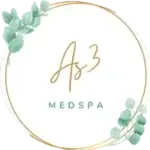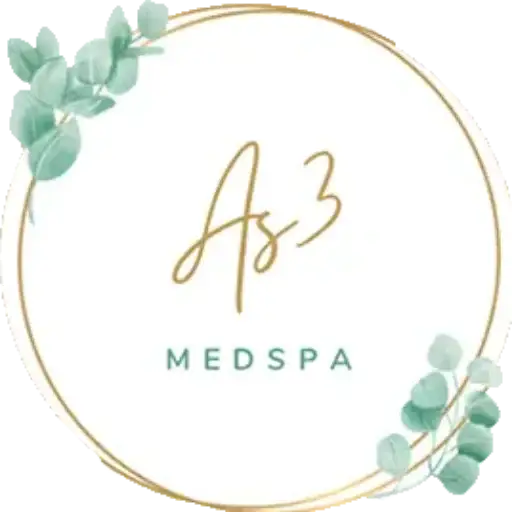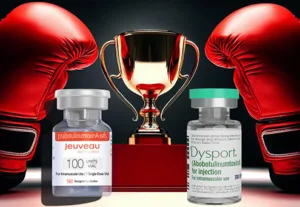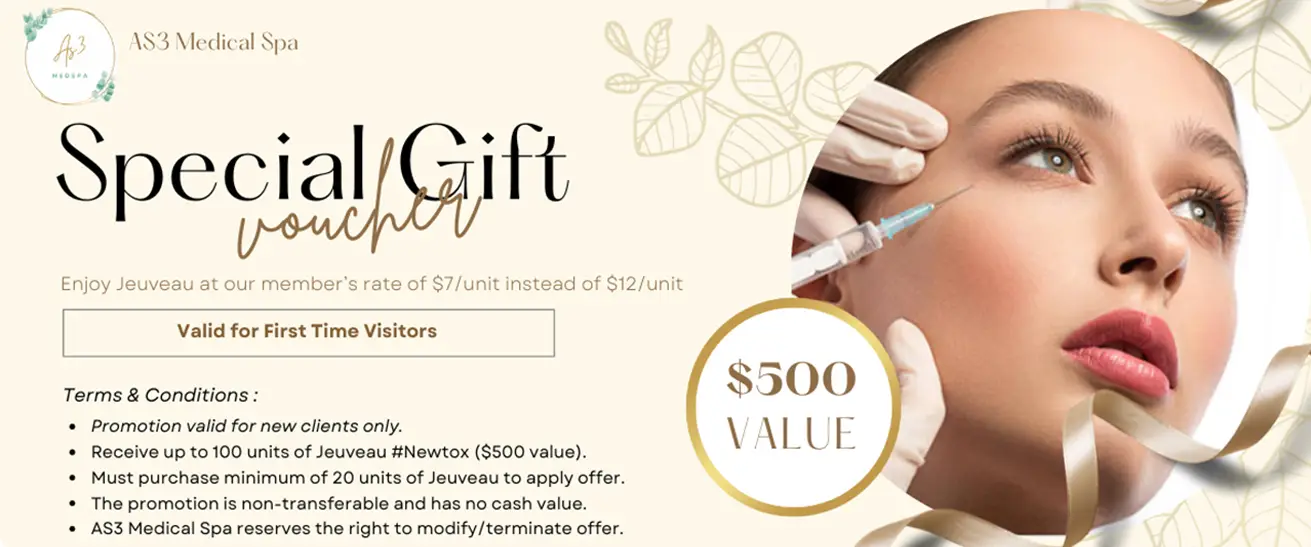Botox: A Comprehensive Guide on Its History, Effects, Areas of Application, Precautions, and Comparison with Fillers
AS3 Medical Spa » Blog » Botox: History, Effects, Areas, Precautions, and versus Fillers | AS3 MED SPA
Table of Contents
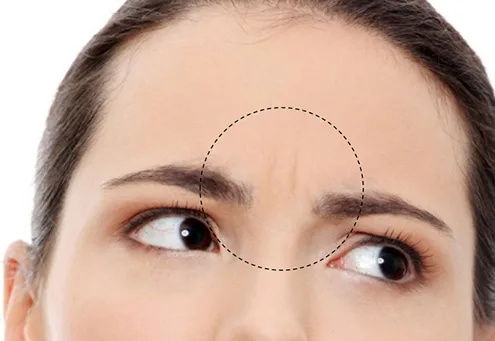
Discovering the Fascinating History and Popularity of Botox: Understanding Its Effects, Treatment Areas, Precautions After Treatment, and Differences from Fillers
Botox has a fascinating history dating back to the early 1800s.
Today, it’s become one of the most popular non-surgical cosmetic treatments in the US.
In this blog post, we’ll explore the history of Botox, why it’s so popular, its effects, treatment areas, precautions after treatment, and the differences between Botox and fillers.
We’ll also recommend AS3 Medical Spa for a free consultation.
History of Botulinum Toxin:
Botulinum toxin, the toxin produced by the bacteria Clostridium botulinum, was isolated and studied by scientists in the late 1800s and early 1900s.
In the 1920s, Dr. Herman Sommer and his colleagues first used botulinum toxin to treat spasticity in monkeys.
In the 1950s, Dr. Edward Schantz and his colleagues discovered that botulinum toxin could be used safely in humans.
However, it wasn’t until the 1960s that Botox was first used for medical purposes.
Dr. Alan Scott, an ophthalmologist, used botulinum toxin to treat strabismus, or crossed eyes, in humans.
In 1989, the FDA approved Botox for the treatment of eye muscle disorders.
It was later approved for cosmetic use in 2002.
Why Botox is Popular:
Botox’s popularity stems from its non-surgical and minimally invasive nature as a cosmetic treatment.
Offering a swift and efficient solution for diminishing fine lines and wrinkles, it presents a more affordable option compared to surgical procedures, along with a relatively brief recovery time.
Furthermore, patients typically experience only mild discomfort during the treatment, which adds to its appeal.
Its versatility also contributes to its widespread popularity.
Botox serves as a remedy for various medical conditions, including migraines, excessive sweating, and muscle spasms.
Effects of Botox:
Botulinum toxin achieves its effects by temporarily paralyzing the muscles responsible for wrinkles.
It disrupts the nerve signals that trigger muscle contractions, leading to a smoother skin appearance.
These effects usually persist for three to six months.
As this period elapses, the muscles progressively regain their contracting ability, potentially causing the wrinkles to resurface.
Nonetheless, some patients observe more enduring results with ongoing treatments.
Treatment Areas:
Forehead wrinkles: Botulinum toxin is commonly used to treat horizontal forehead lines that appear when raising the eyebrows.
Crow’s feet: Botox is effective in treating the fine lines and wrinkles that appear around the eyes when smiling or squinting.
Frown lines: Botulinum toxin can be used to treat the vertical lines between the eyebrows that appear when frowning or concentrating.
Bunny lines: These lines appear on the bridge of the nose when smiling or wrinkling the nose, and Botox can be used to smooth them out.
Chin dimpling: Botulinum toxin can be used to treat the small dimples that appear on the chin when talking or smiling.
Neck bands: Botox is effective in treating the vertical lines or bands that appear on the neck due to aging or genetics.
Excessive sweating: Botulinum toxin can also be used to treat excessive sweating, also known as hyperhidrosis, in areas such as the underarms, palms, and feet.
It’s important to note that treatment areas may vary depending on the individual’s unique needs and the provider’s recommendations.
It’s crucial to consult with a licensed medical professional to determine the best treatment areas and the appropriate dosage to achieve the desired results.
Precautions After Treatment:
Following Botulinum toxin treatment, patients should steer clear of strenuous exercise, alcohol consumption, and lying down for several hours.
These activities can elevate blood flow to the treated area, potentially diminishing the treatment’s effectiveness.
Moreover, selecting a qualified and experienced provider is crucial for achieving the best possible results.
Patients must also refrain from rubbing or massaging the treated area and avoid facial treatments or waxing for at least 24 hours after treatment.
Differences Between Botox and Fillers:
Distinct from one another, Botox and fillers serve as two separate types of cosmetic treatments.
Functioning through the temporary paralysis of muscles responsible for wrinkles, Botox effectively addresses facial lines.
In contrast, fillers such as Bellafill actively plump up and add volume to the skin.
Optimal for targeting wrinkles generated by muscle movement, Botox excels at treating frown lines and crow’s feet.
Recommendation:
If you’re considering Botulinum Toxin treatment, AS3 Medical Spa offers free consultations with their experienced and licensed medical professionals.
They can help determine if BOTOX or Jeuveau #Newtox is the right treatment for you and answer any questions you may have.
Don’t hesitate to schedule your free consultation with AS3 Medical Spa today.
Related Posts
Kim Kardashian’s Secret to Smooth Skin: The Truth About Rejuran and the Salmon Sperm Facial
Kim Kardashian and Jennifer Aniston swear by Rejuran facial, the ‘salmon sperm facial’ that boosts collagen and smooths skin. But does it really work? Discover the science and benefits behind this...
How to Find the Perfect Med Spa Near Me in Santa Fe Springs, CA & Nearby Area
Looking for the perfect med spa near you? Discover how to find the best med spa in Santa Fe Springs, CA, and nearby areas like Buena Park, Fullerton, and Cerritos. Learn...
Jeuveau vs Dysport: An Insightful FAQ and Comparison Guide
Puzzled about 'Jeuveau vs Dysport'? Our all-inclusive FAQ and meticulous comparison table help you decipher the world of these potent neurotoxins. Explore the science, pricing, and first-hand experiences to steer your...
